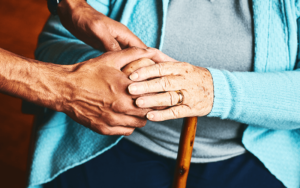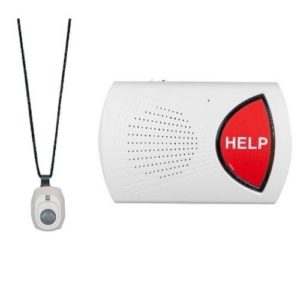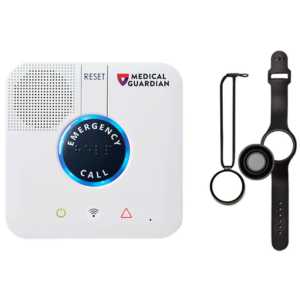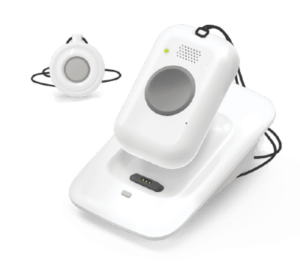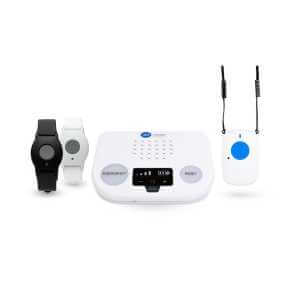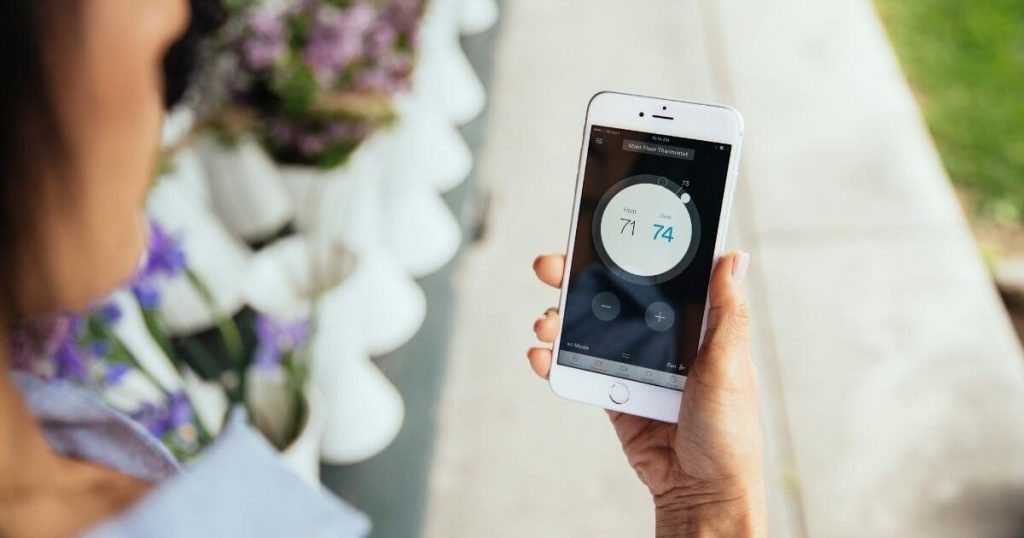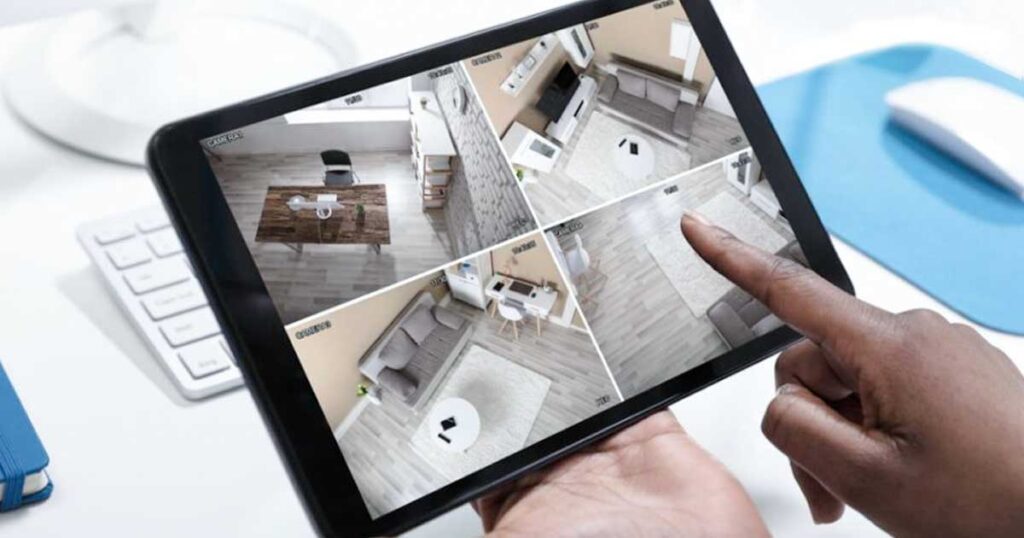If you have a fear of falling, you’re not alone. According to the National Council on Aging, many older adults share this concern. In fact, more than one in four Americans 65 and older fall each year, and fall injuries are one of the leading causes of death for older Americans.1
Fortunately, there are many ways you can be proactive and prevent older adult falls and the injuries that may come from them, like fractured hips, traumatic brain injury and pulled muscles.
